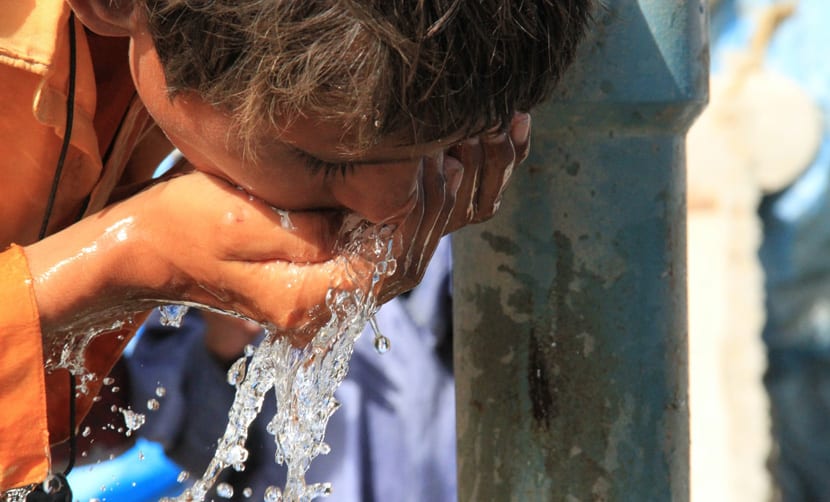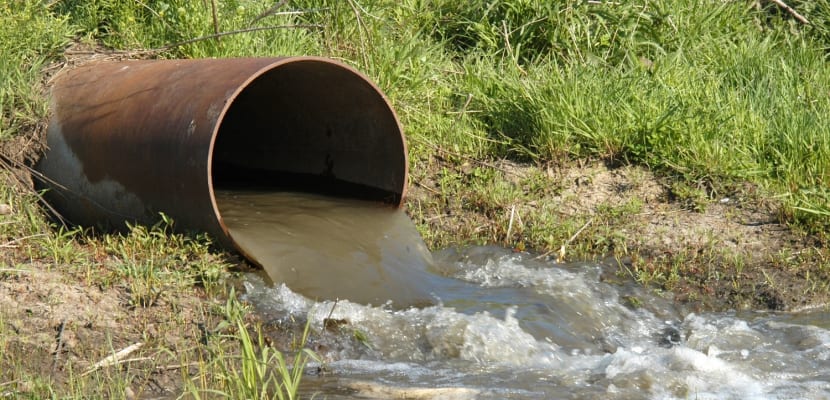
In the next article we will talk about the pollution of rivers, seas and aquifers. To do this, we will try to explain how it is produced Water Pollution, how you fight it and the impact it has on life.
There is no doubt that water pollution is one of the Major problems faced by many populations today. Although in recent years, there are many countries that are trying to fight against this problem.
How is water contaminated?
As everyone knows, water is essential for life, so its contamination is very detrimental to the economic and social development of the areas where its water resources They are in poor condition.
Many times we are not aware that polluting water is not only something that large factories cause, and other factories that operate in areas close to rivers or the sea. We also have part of the responsibility since the sea and the water is a good for all.
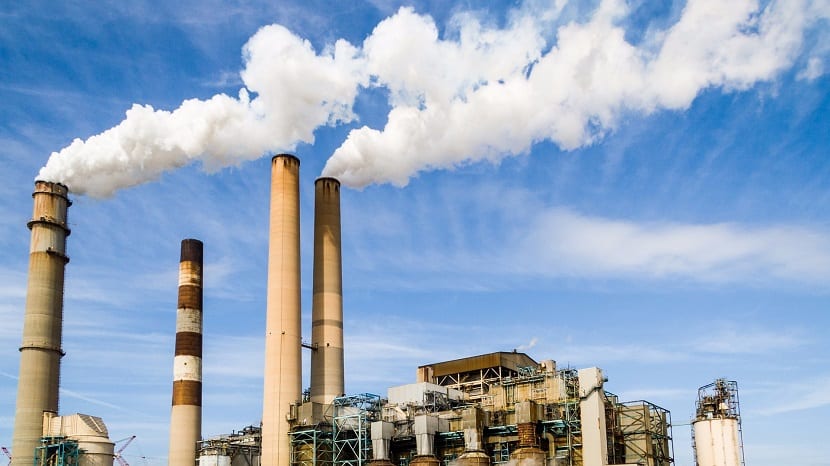
Thus, no object should be thrown into the water, and even less remains or things that can reach the sea from the toilet of our house.
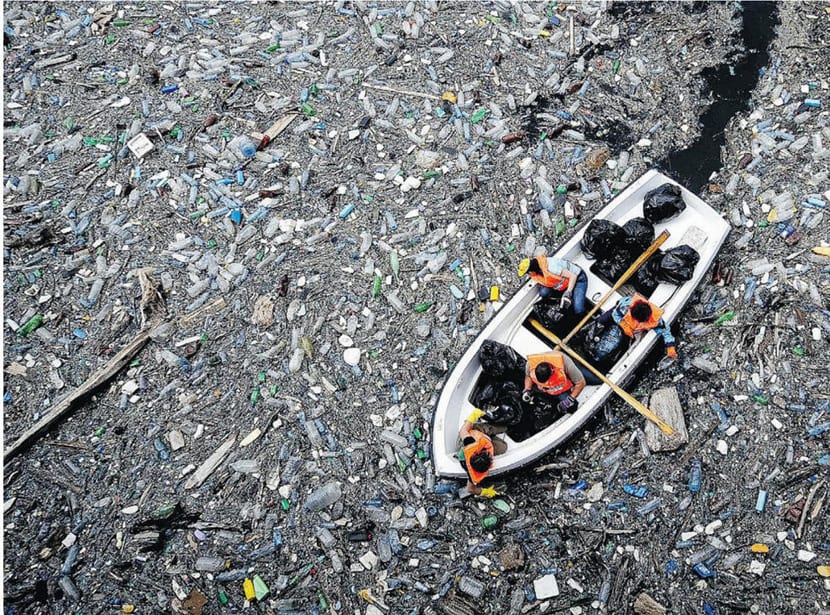
The start of water pollution
Water pollution caused by human activities, begins to occur in the industrial revolutionUnfortunately, this has increased, until it has become a common and widespread problem.
During the industrial Revolution (between the second half of the XNUMXth century and the first years of the XNUMXth century), the increase in consumer goods and their production processes required a large amount of water for the transformation of raw materials. In turn, the waste from these processes was dumped into natural water courses without any type of control. Here began to spread the troublesome of water pollution.
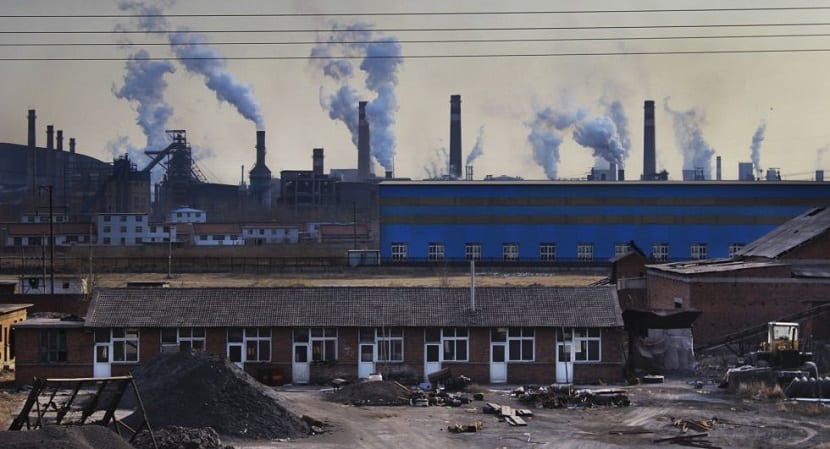
Where does water pollution come from?
Normally, water pollution occurs through direct or indirect discharges into water resources (rivers, seas, lakes, etc.) of various polluting substances. Nature has the ability to clean itself if it receives a small amount of pollutants, and in this way, regain balance. The problem begins when pollutants exceed the absorption capacity of the system.
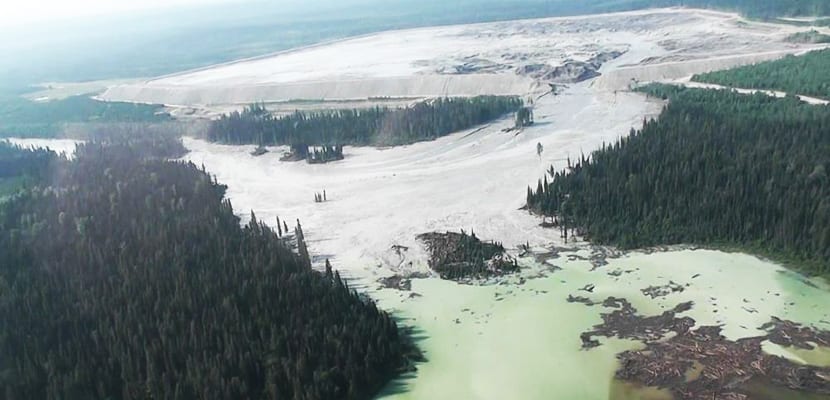
Main forms of water pollution:
One of them has to do with his natural cycle, during which it can come into contact with certain polluting constituents (such as dissolved or suspended mineral and organic substances) that exist in the earth's crust, the atmosphere and in the waters.
But another type of water pollution -which tends to be the most important and damaging- is one that has a special relationship with human action. Here we have a lot of possibilities. Among the most common we can mention:
- Discharge of residual toxic substances from industrial and urban processes, which are thrown into rivers, seas and lakes.
- The pollution produced by intensive use of pesticides and fertilizers in agriculture intensive, which seep into underground aquifers.
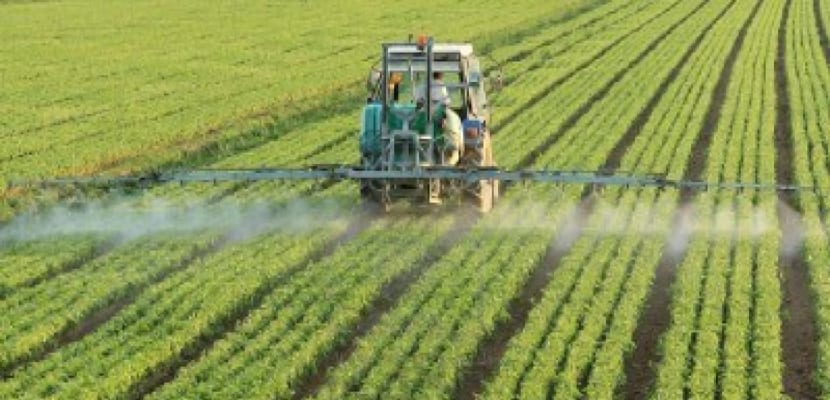
- Garbage dumped on the coasts, unfortunately this garbage takes hundreds or thousands of years to degrade.

- Use of polluting fuels in boats, which end up in the sea as a result of cleaning the boats, or as a result of accidents, such as the Prestige.
Contamination of water resources
The sea is not the only one that receives contamination, in fact we have a great problem due to the contamination of rivers and lakes.
Unfortunately, there are many agents that can pollute rivers and lakes. The most important would be:
- sewage water and other residues that demand oxygen (which are usually organic matter, whose decomposition produces the deoxygenation of the water).
- Infectious agents that end up causing gastrointestinal disorders and even terrible diseases to those who drink that water (cholera, ...).
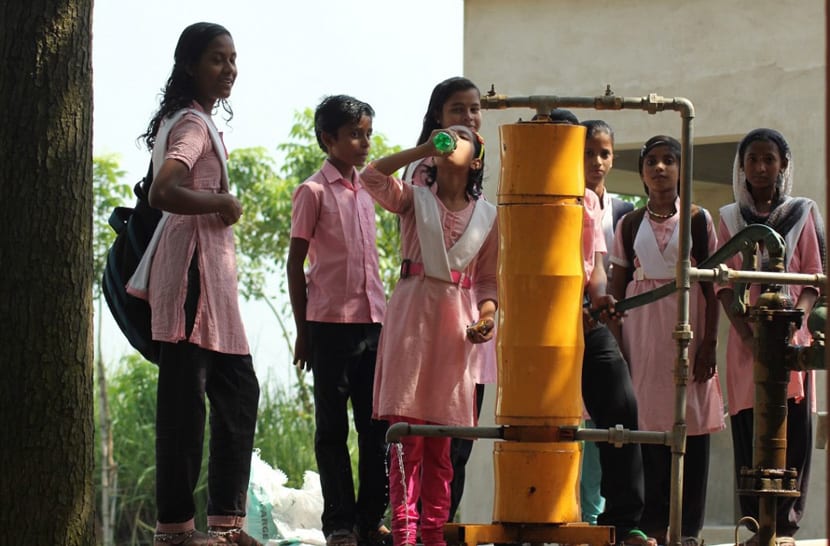
- Plant nutrients They are intended to stimulate the growth of aquatic plants, which end up decomposing, deplete dissolved oxygen and cause more than unpleasant odors.

- Chemical products, such as pesticides, various industrial products, chemical substances contained in detergents, soaps and the products of the decomposition of other organic compounds.
- Inorganic Minerals and Chemical Compounds.
Consequences of water pollution
As we know, such water contamination can lead to contamination of the riversIn the sea pollution, or even lakes, reservoirs, dams ... After all, everything that contains water.
To begin with, this contamination affects the fauna and the living beings that can live in it. In this way, pollutants are introduced into the food chain, and they are invading it until they reach the higher links, that is, us. By feeding on living beings that live in contaminated water, such as fish and shellfish, we ingest and accumulate the toxins that they consumed, which has fatal long-term consequences, such as the appearance of diseases such as allergies, or even Cancer.
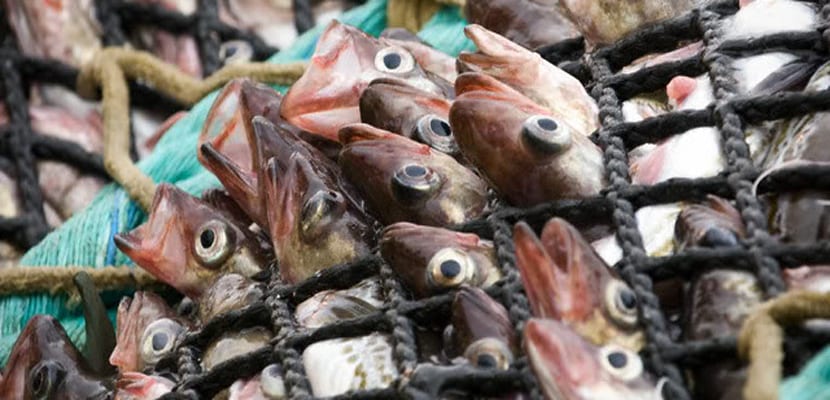
In addition, more nutrients accumulate the higher we are in the food chain, that is, we we accumulate many more toxins during our lives than other organisms. In fact, recent studies show that Spaniards have ten times more mercury in our blood than Germans, due to the higher consumption of fish in Spain.
In addition, it should be taken into account that contaminated water can carry a wide variety of diseases such as typhoid fever, cholera, gastroenteritis ... and cause population mortality, especially child. Clean and healthy water drives human development and prosperity.
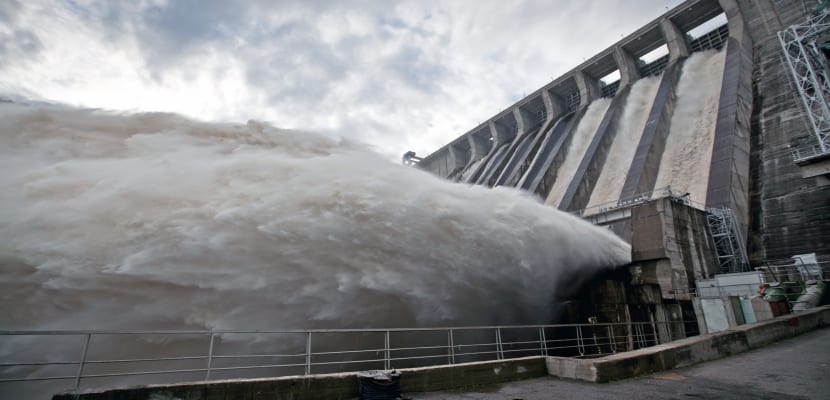
How to help reduce water pollution?
Normally, it is our excessive consumption that is the great culprit of water pollution, since the production of all kinds of goods implies a large consumption of water, and the contamination of it. For example, Hundreds of colorants and highly polluting substances are used to make clothes, just like for footwear.
Much of the contamination is due to intensive agriculture, which requires pesticides, The manufacture of which consumes a large amount of water and leads to the discharge of polluting substances into the riverbeds. Furthermore, the use of these pesticides and fertilizers pollutes the soil and aquifers. We can contribute to reducing pollution by consuming organic products, thus reducing the products generated by intensive agriculture.
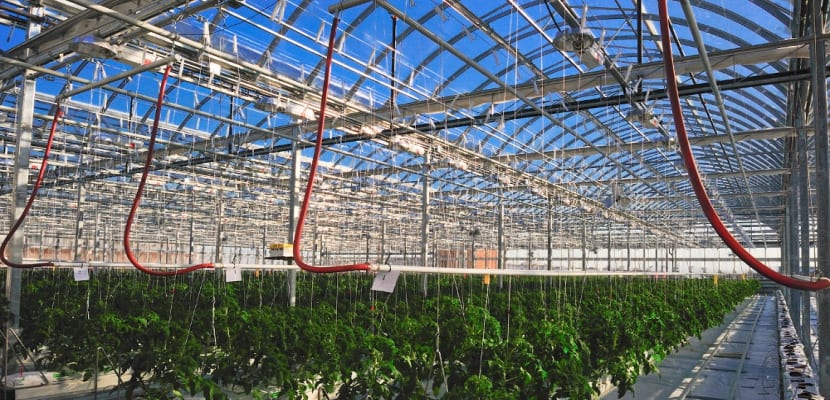
Another activity that consumes and pollutes water is paper bleaching, consuming recycled paper contributes to less water pollution.
Many times some waste, such as plastic bags end up in the water. These go to the sea and remain there for a long time until such decomposition. This can be avoided by reducing the use of plastic bags and depositing those that are no longer useful in the yellow container for later treatment and recycling.
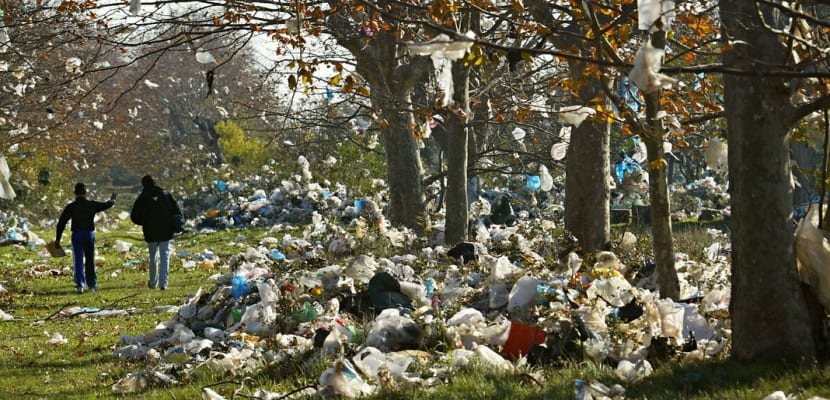
Ocean Pollution
Although it may not seem like it, it is very important that we are aware of the danger of ocean pollution and that thanks to these the marine life of many species is maintained, in addition to gives us the possibility of having oxygen, that same oxygen that you breathe.
El intentional dumping of waste, oil spills, and high variety of harsh chemicals that are poured into the ocean cause its contamination not only affect the plants and marine species that live in them but also the entire world population.
Oil spills
Currently brent is the largest threat regarding ocean pollution, since the production and transportation of oil has grown a lot in order to meet the needs of the current economy.

Because of the oil spills on the ocean, mueren most of the animals that inhabit them
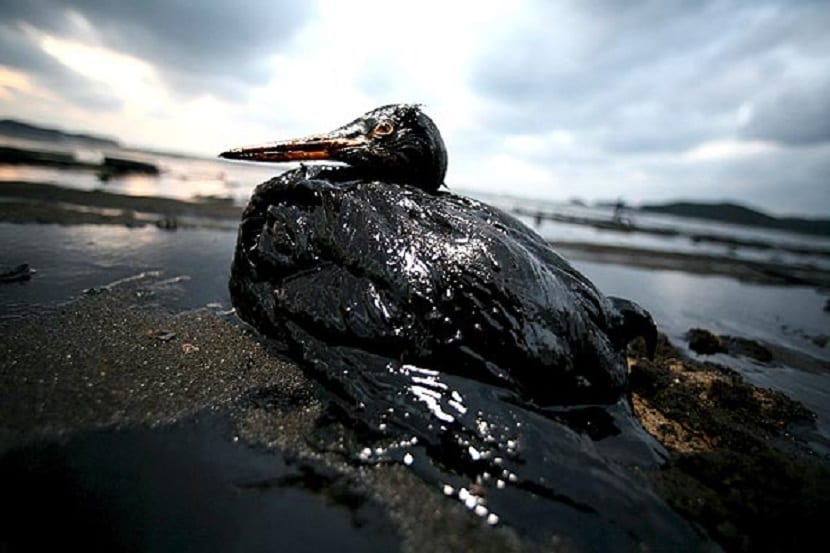
Let's also think about everything it generates petroleum, and which is often used to make plastics and many other products, Unfortunately all this seems to end at the bottom of the ocean.
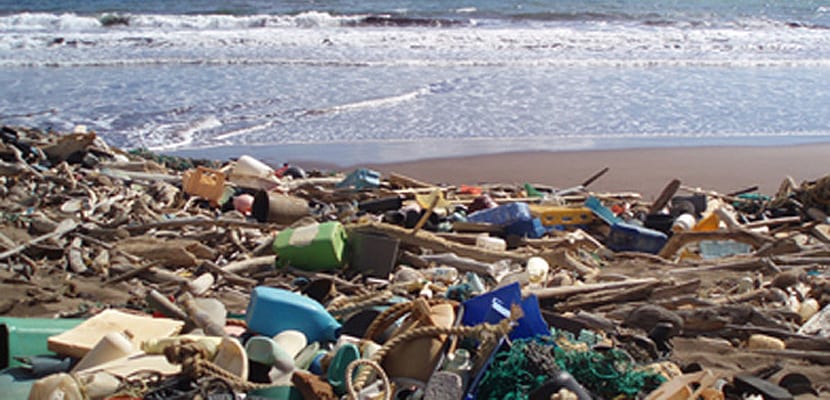
Negative Effects of Ocean Oil
It is said that more than 80% of the pollution that occurs in the oceans is our fault, and basically it is due to the improper use that we are making of oil.
In addition, due to a lot of effort in cleaning to eliminate the oil remains that is at the bottom of the ocean, it has been shown damage to water and marine life continues for at least 10 years. Considering the fact that there are several oil spills each year, the number of such effects is devastating.
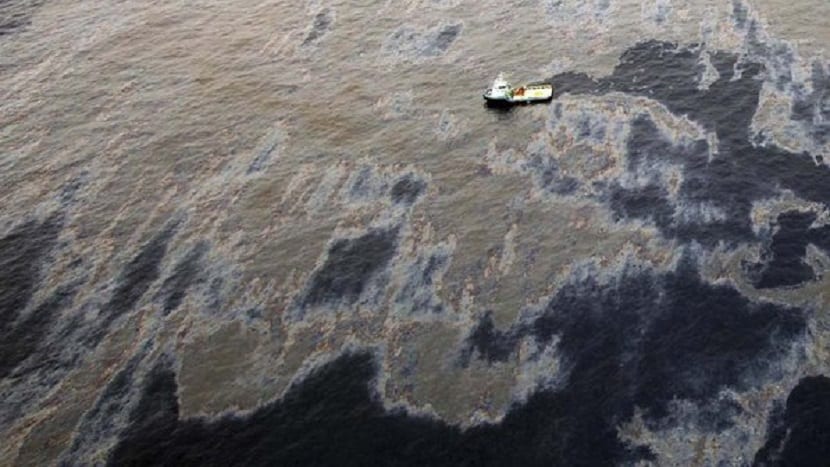
Prevention and control of marine pollution with Oil
When a point of marine pollution due to oil is located, a series of studies of the area are carried out to decide the protocol to follow, in order to be able to clean it completely. If the stain is small, you can choose to wait for it to dissolve naturally, although the most normal thing is to prevent before running.
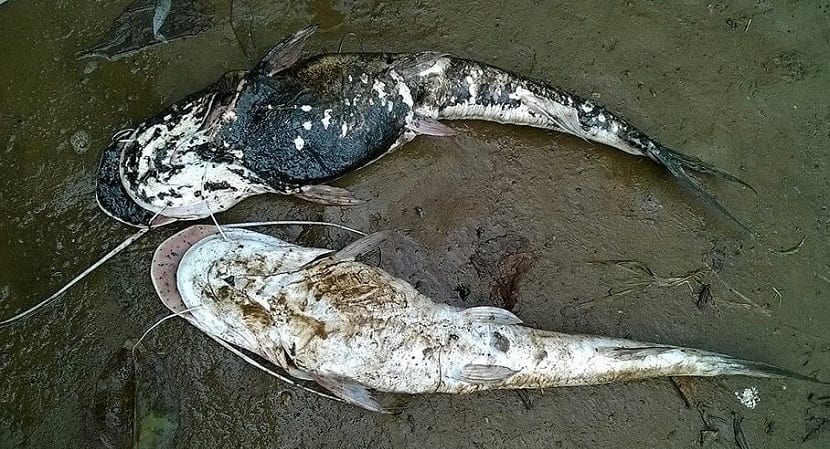
For this reason, this type of marine prevention is usually done from boats whose action policies are as follows:
- Development of technical standards for application to tankers
- Technical inspections of tankers
- Control of maritime traffic
- Training
- Response means that prevent accidents (control towers, tugboats, etc.)
Data on water pollution
Many times, we do not realize this problem until we are offered the data on the subject. Perhaps knowing these figures on water pollution, you also realize how is wasted water in first world countries.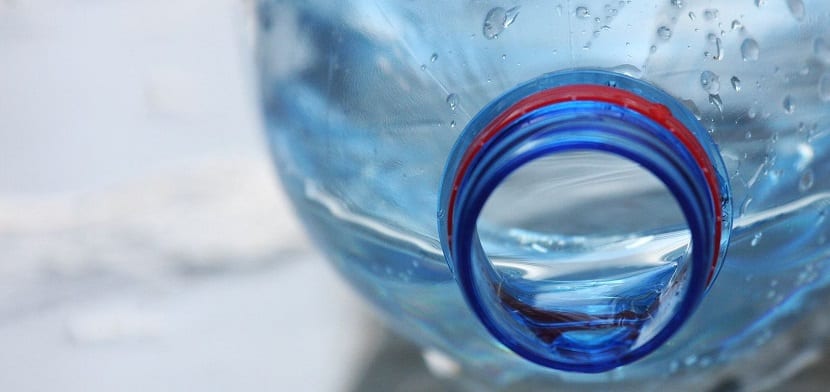
Unfortunately, contaminated water is one of the main causes of Child mortality of the world. Contaminated water is the cause of a large number of child deaths, especially in Africa and Asia, mainly due to infections and diarrhea.

More than 5 million people die each year from drinking contaminated water.
El 90% of the water consumed by the world population comes from underground water.
Un liter of car oil and four liters of paint penetrate the earth polluting a million liters of drinking water.
Four liters of gasoline that spill onto the earth pollute three million liters of water.
2000 billion people on the planet do not have access to drinking water and with the progressive contamination of the water it will be increasingly difficult to achieve it.
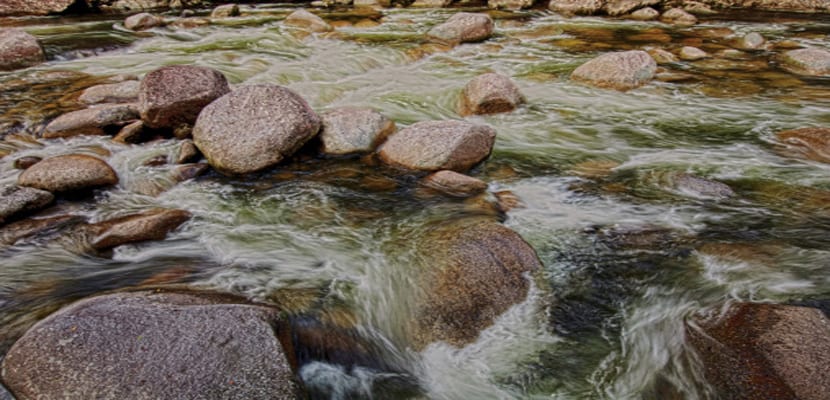
Unfortunately the waterborne diseases contaminated have killed more people throughout history than any war. Today, almost 5 million people die every year in the world as a result of contaminated water, the vast majority in underdeveloped countries.

Although, first world countries are not spared from water pollution either. For example in United States almost half of the country's lakes are contaminated to house fish or for human consumption
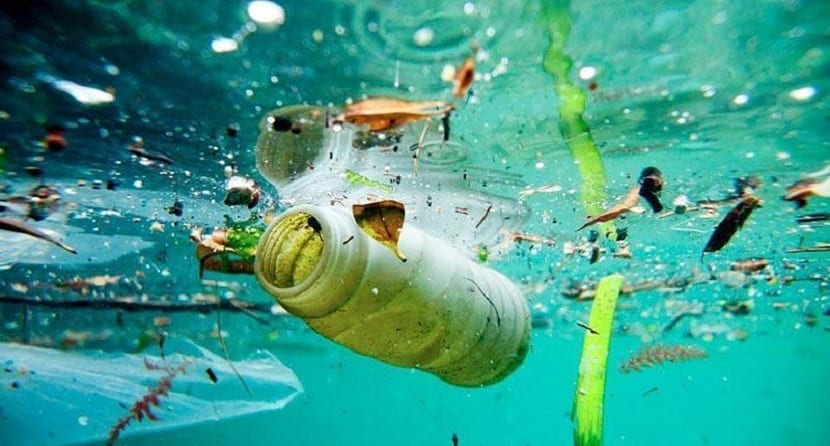
The industrialized countries they are also responsible for most of the polluting discharges to water. It is estimated that 3 quarters of industrial discharges are thrown into the sea without any type of treatment, that is, they contribute enormously to water pollution.

The figures increase even more if we talk about the Developing countries. They do not have as much industry as developed countries, but the systems for waste treatment are more precarious, so the discharges that are thrown into the sea without any treatment amount to 90%.
Groundwater
Although the so-called surface waters, such as the aforementioned rivers, lakes, seas and oceans, those that receive a greater pampering and attention To stop water pollution, groundwater does not deserve to be forgotten. In fact, Aquifers They are one of the main sources of water both for irrigation and for human consumption that exist.
The fresh water supply provided by rivers and lakes would not be sufficient to meet current water consumption needs.
This means that it is important to protect groundwater of the pollution problem. Although they are not as sensitive to this problem as surface waters are, since their location inside the earth acts as a protection in this regard. Although, it must be taken into account that, once contaminated, their location makes them very difficult to clean, spreading the damages of contamination over a huge number of different territories for years.
The most common way in which a groundwater aquifer becomes contaminated is through leaks produced by sewage, toxic products, toxic spills, radioactive waste deposits, gasoline leaks or other similar harmful elements that end up thrown or dumped directly on the ground.

These products, in addition to the serious damage they cause in the place where they come into contact with the ground, seep through it, gradually contaminating the aquifers that pass through these areas. Likewise, the accumulation of polluting products in the subsoil, such as septic tanks or chemical waste warehousesThey also result in these invisible leaks that end up contaminating the water sources that feed crops, animals and humans in equal measure.
On the other hand, underground aquifers are also constantly polluted by pesticides and fertilizers that are used in the crops that they feed themselves. As in the previous cases, the chemical elements that carry these products seep into the earth, ending up in underground water currents.
Finally, the last of the most common causes that cause the aquifer contamination is the overexploitation. Groundwater is heavily used for agricultural purposes, livestock or by all kinds of manufacturers, so these resources are also running out. The aquifers that are drying up can give way to salty or polluted waters from other places, which will follow the same route but without the beneficial effects that groundwater left behind.
This constant, silent and practically invisible pollution is horribly destructive, because with it it hurts enormously both the territories and the living beings that it encounters along its journey. The nature of this type of water, as we have already said, makes it almost impossible clean once contaminated, Furthermore, the techniques that have been tried in recent years have not given much result. Therefore, practically the only existing way to have clean aquifers is prevention because, once contaminated, these groundwaters will spread their evil to all the places they pass through without hardly being able to do anything to avoid it.
Water contamination
According to the data the United Nations Development Program UNDP1.100 million people do not have access to drinking water and some countries are at the limit of the exploitation of their water resources.
Data from the UN and WHO
Some data of global authorities such as the UN or the WHO are:
- 2.600 billion people do not have sanitation systems.
- La Diarrhea that causes contaminated water is the second leading cause of infant death, that is, 5.000 children die a day worldwide, or 2 million a year.
We can affirm that this diarrhea that causes so many infant deaths would be prevented by washing hands with soap and water, many illnesses would be reduced if water, hygiene and sanitation services were better supplied.
According to World Health Organization (WHO), certifies that after climate change health has worsened, 25% of global mortality is linked to lack of access to drinking water, air pollution and poor sanitation.
